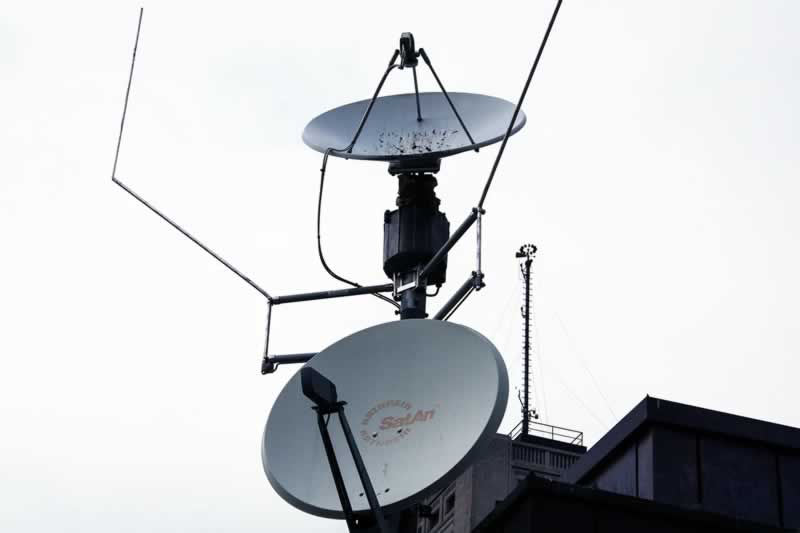Having problems with your TV when you want to watch your favorite show or sports match is one of the most frustrating situations ever. Most of the problems that people have with television are due to a problem with the television antenna. Typically, employees simply contact a local technician who can help them with antenna problems. However, nowadays more people take the way to do it themselves and try to fix the problem themselves.
It is actually possible to properly fix your antenna problems if you follow the steps correctly. Plus, you don't have to miss your expected show, match, or film while waiting for an appointment with a professional.
1- Diagnose the problem
The very first thing you need to do is diagnose your problem. For example, do you get some channels but not others? Do you get no signal at all or only blurred images? If you find out the exact problem you are dealing with, you can find out if something is wrong with your TV antenna or if the problem is due to another cause. After you've figured out exactly what problem you're facing, you can follow the steps below to find out how to fix it.
2- Replace the entire antenna if necessary
If your antenna is too damaged to repair at all, you should look for a new outdoor alternative that works more smoothly. When looking for a new replacement, there are several factors to consider, including the range of an antenna. Antenna manufacturers at https://longrangesignal.com/best-outdoor-hdtv-antenna/ claim that you can try to fix your antenna yourself if you know how to do the right thing. Sometimes the problem is that your antenna is weak or simply too damaged due to the weather or years of wear. In this case, it is better to just buy a new one.
3- Replace the cables as needed
When checking the connections and placement of the cables, you must also take the time to check whether the cables are worn or chewed. Damaged cables are a surefire reason that you may not be able to send a signal to your TV. If the cables are really old, you can also replace them. Even if there is no external damage, there may be a problem with the wires in the cables themselves.
4- Check the connections and cables
Sometimes the problem is simply that the cables are not connected properly, and sometimes it is because they are not connected to the correct socket. If you check that everything is where it is supposed to be, you can actually save a lot of money and effort by trying to repair an antenna that does not pose any problems at first.

5- Get a signal booster
If you don't receive a signal, it may be because your cables are too long or you are too far from a television tower. In both cases, you can solve such a problem by connecting a signal amplifier to your antenna. As a rule of thumb, if you are not using a booster, cables should not exceed 100 feet. If your cables are more than 30 meters long, a third of the signal will be lost, if not more.
6- positioning
Sometimes the problem with your antenna is simply positioning. This can be the case if you are near two transmission towers and both signals are recognized. If you simply set your antenna so that it only faces one of the towers, you can solve your signal problem.
7- Check for possible malfunctions
If your TV antenna is indoors, you must keep it away from metals and lights that can distort the signal if it is detected by the antenna. Keep your antenna away from such interference and ensure that your problems are a thing of the past.
8- Make your TV antenna longer
One of the causes of signal problems is that your TV antenna may not be large enough to receive the broadcast signals. You can solve this problem by making your antenna bigger. All you have to do is connect a metal rod to the antenna. This will make your antenna longer and more likely to get a clearer signal.
With these tips you can fix any problems you may have with the placement of your TV antenna. You no longer have to worry about missing out on your favorite shows due to bad signals or incorrect antenna configurations. Keep in mind that the most important step in this process is to correctly diagnose the problem so that you can fix the problem easily and quickly.




